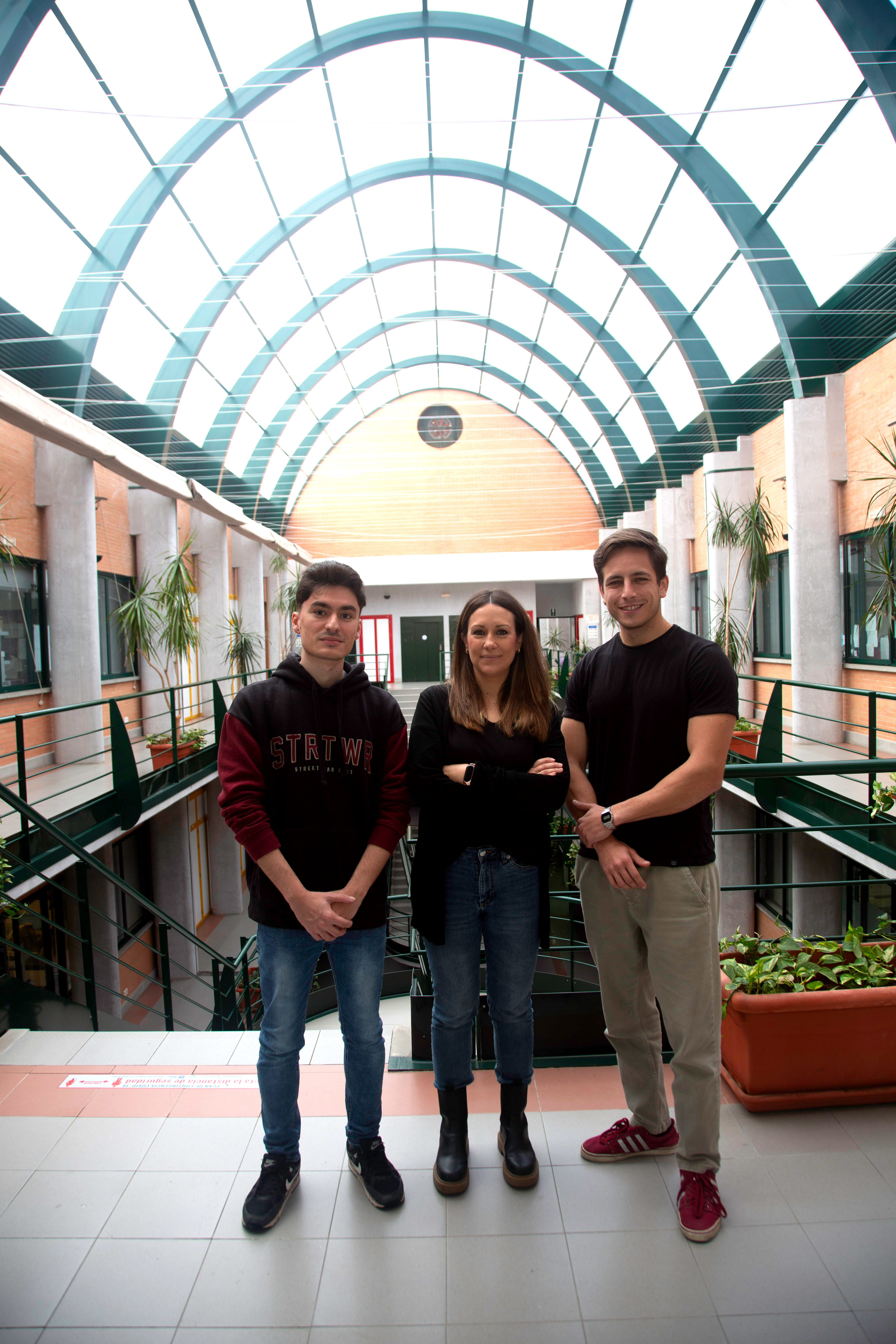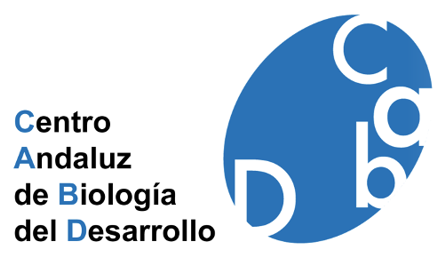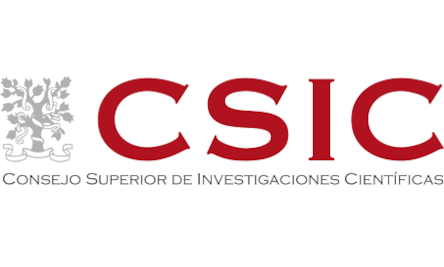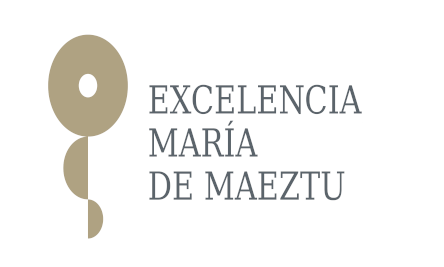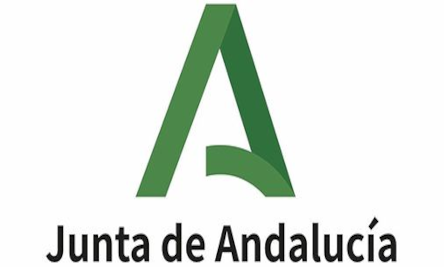Gene Regulation and Evolution
What makes each species unique isn’t just its genes, but how they’re regulated. While only 2% of the genome codes for proteins, the remaining 98% shapes when, where, and how genes are expressed, driving the evolution of specialized traits. In our lab, we use the mole as a model to uncover how gene regulation sculpts adaptation, giving us a unique perspective on evolution—through the eyes of a mole.
Highlights

Our Research
We use genomics and omics approaches to explore classic EvoDevo questions, combining them with synthetic biology to validate our findings in in vivo models.
Funding

Acknowledgment
We would like to sincerely thank the Greene Lab for creating the Lab Website Template used to do this website.
We would like to express our gratitude to the Centro Andaluz de Biología del Desarrollo (CABD), their facilities (which include the animal house, bioinformatics service, cytometry, cell culture, functional genomics, proteomics, microscopy and imaging as well as material and media preparation (kitchen)), the administrative and maintenance staff.
Finally we are grateful to our collaborators, the members of the Lupiañez Lab Dr. Dario Lupiañez, Lewin Lab Prof. Gary Lewin, Boeke Lab Prof. Jef Boeke, Marti-Renom Lab Prof. Marc Marti-Renom, Hiller Lab Prof. Michael Hiller and Reznick Lab Dr. Jane Reznick.


